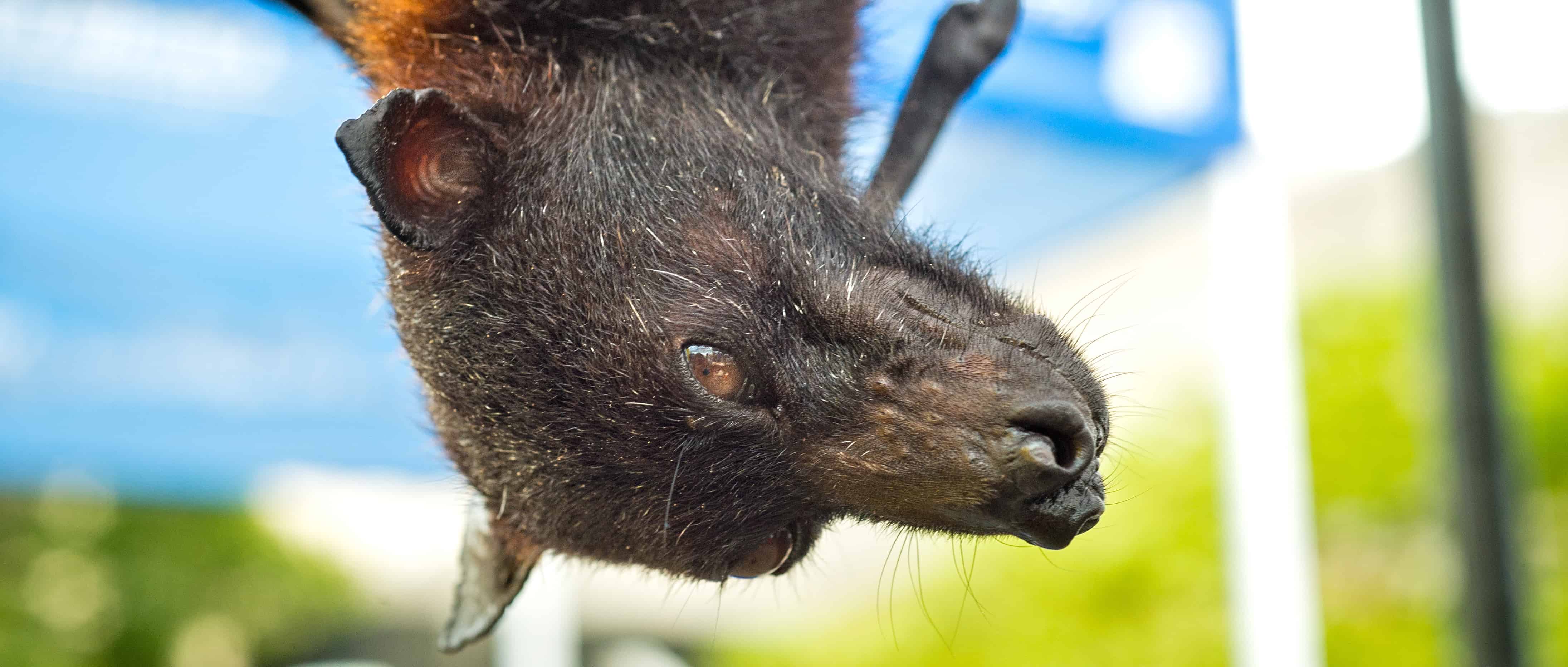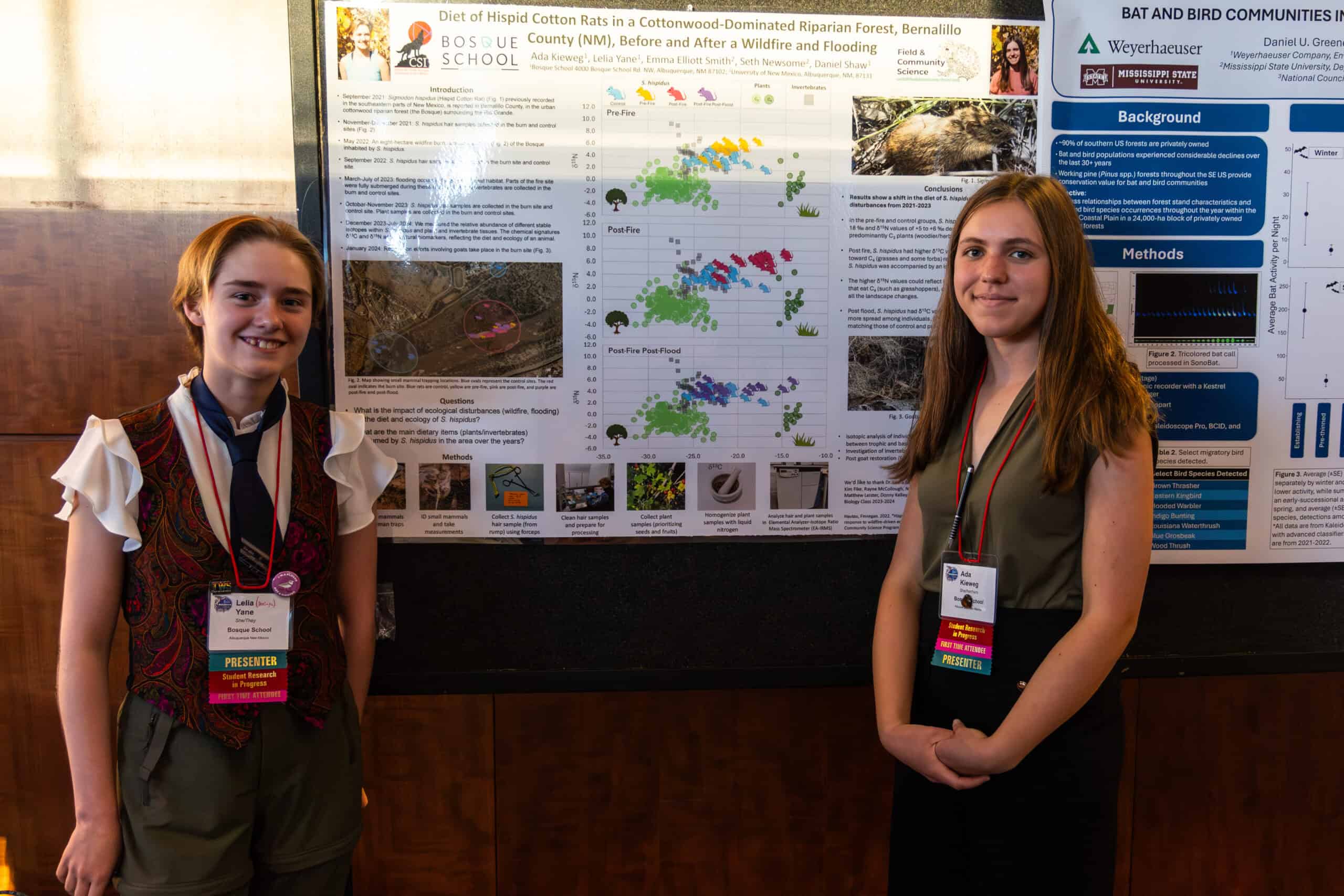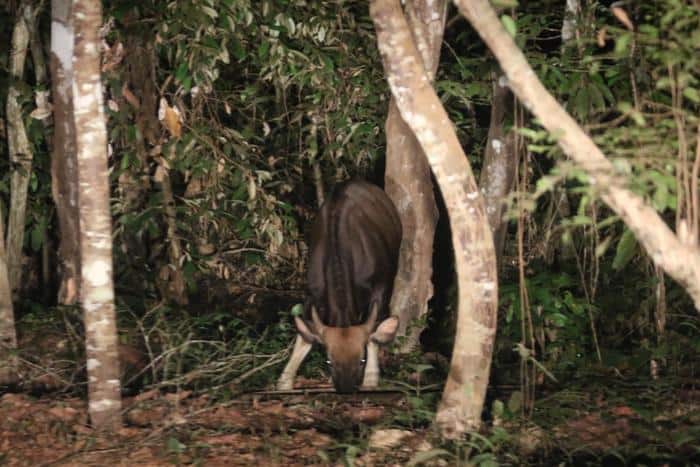Share this article
Study Explores Cross-Species Viral Transmission by Bats
Researchers studied the extent to which transmission of viruses between bat species around the world has occurred in the past 70 years and compared that to cross-species transmission among rodents. Their results were published in Ecology Letters.
Through reviewing data on bats and rodents, Angela Luis, lead author in the study and population and disease ecologist at the University of Montana, and her colleagues created a network displaying how each species is connected through shared viruses. They created networks for both bats and rodents throughout the world, including the United States.
“Networks can be used to describe the spread of pathogens between species, just like how social networks show how individuals are connected to one another,” said Luis, who is also a member of The Wildlife Society. “On social networks, you can also see who has the most friends, which means they are more connected.”
The researchers found that bat species were more connected through diseases than rodents, which were only 60 percent as connected as the bat network. The reason for this might be the result of a few unique characteristics that bats possess. Bats are unique mammals in that they have massive colony sizes, making it easy to spread diseases to the same or other species, Luis said. They’re also the only mammal that flies, and migrating can facilitate the spread of disease to new areas.
However, Luis said she and her colleagues certainly do not suggest people should kill bats because they’re spreading diseases. “Anytime we’re talking about bats, we have to understand that they have important ecological services,” she said, noting that they manage pests and insects and aid in plant pollination and seed dispersal. “Bats contribute $3 billion to the economy by doing things such as destroying pests.”
What struck Luis the most was how many times viruses have jumped between species in both rodents and bats. “We found that the opportunity for transmission is more important than how closely related the species are,” Luis said. “This means the species barrier may be less of a barrier than we think.”
Header Image: A Malayan flying fox, a large fruit bat.








